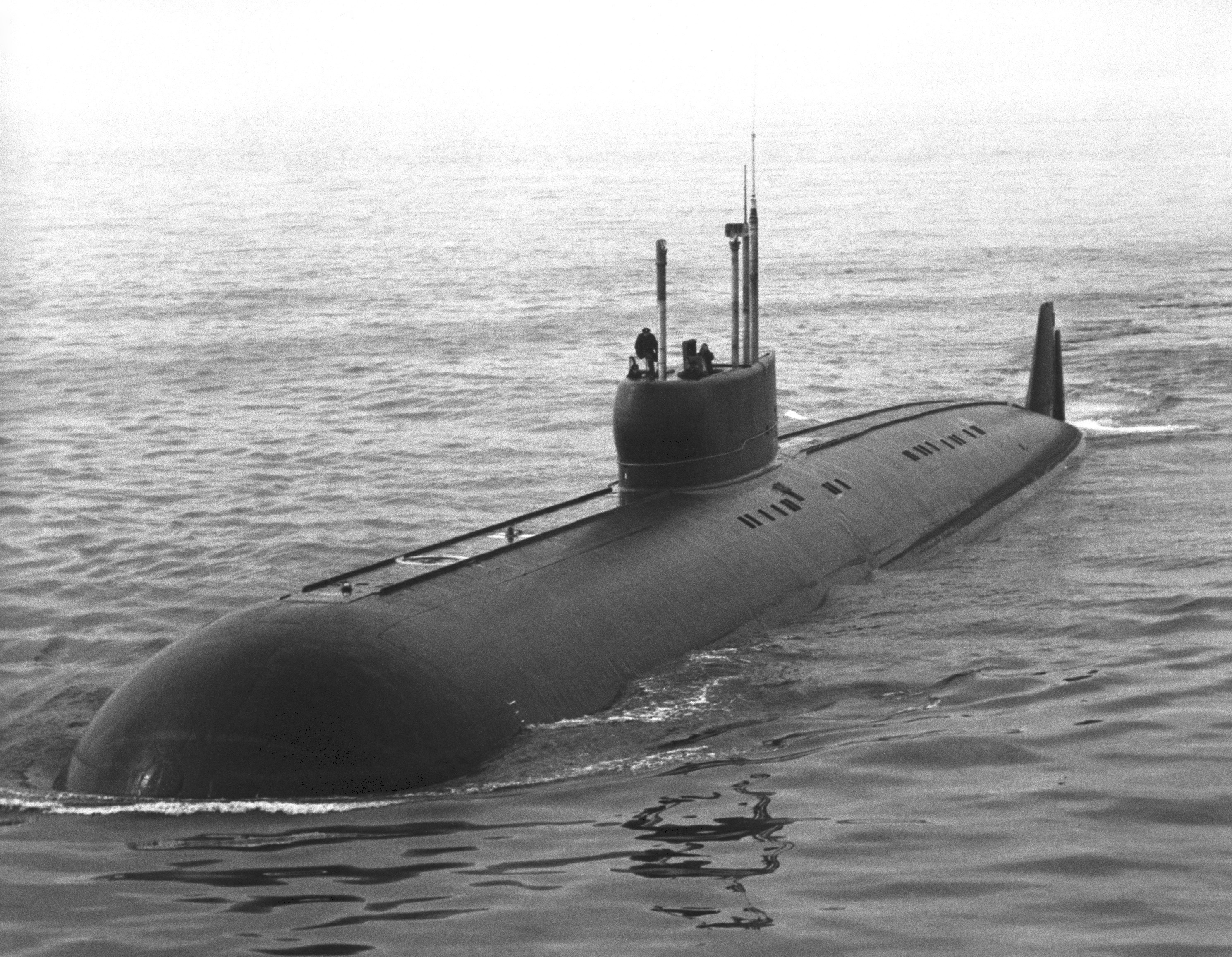 |
| Soviet Era Submarine, Photo: USN American Admiralty Books Safety & Privacy Policies UPDATE 15 January 2019) : SINCE FIRST PUBLISHED IN 2015 WE HAVE NOT BEEN ABLE TO FIND ANY EVIDENCE OF THE US OR OUR ALLIES TAKING COUNTER MEASURES: Update: 2/3/2020 All evidence is that the Russian submarine presence near our vital undersea communications cables continues. |
Today there are increasing reports of intelligence services making it into the public realm that indicate that Russian submarines and spy ships are aggressively operating near critical cable crossings in depths where subs, unmanned submersibles, and even divers can effectively work. Some American intelligence officials according to a recent article in New York Times believe that the Russians may be planning to damage those lines should hostilities appear about to break out. No doubt they plan on exactly that, but unless and until such hostilities do break out that is not what they are up to in our opinion in terms of immediate missions. One deterrent to a attempting such damage is the simple fact that we know exactly where these cables are and the best points along their route for a mission to damage and disrupt communications. Our subs and antisubmarine ships and air craft would assure Russia heavy losses for submarines and surface ships assigned to such missions. So there is a "natural" deterrent to Russia doing damage unless desperate to do so. Such an attack could be considered an act of war. Similar considerations limited our own submarine force to eavesdropping missions in the Cold War.
http://www.cablemap.info/ Craig's Cable Map Interactive Submarine Cable Info
Concerns today go beyond those of the Cold War. Today's modern fiber optic cables are carrying more data volume and more critical and time sensitive data than ever before. Today's military submarine technology and unmanned submersible technology , as well as saturation diving technology far exceed our technology devoted to restoring service to ocean bottom communications cables. It is easier for the Russians to damage such cables in areas where we would be a very long time being able to repair them, and to cover the event as an apparent "accident". Such an operation could do serious damage to our economy. We apparently have little in the way of alternative cable rerouting plans, and little of the traffic can be transferred to satellite communications.
We feel the best deterrent to Russian plans to disrupt our sub-sea cable communications is three fold.
1. Proactive naval patrol surveillance of all critical points on our cable crossings, and publication to the world public of Russian threats observed.
2. A comprehensive cable traffic rerouting plan.
3. An alternative short wave radio transmission plan for some non defense or economically sensitive information.
Such a plan would be somewhat expensive though much of the hardware we need is already in government hands, planning , coordination, and drills aren't particularly cheap but are far from un-affordable. At the moment the Russians have no disincentive for this threatening activity. Let's raise the cost to them of such conduct. In fact the Pentagon is quite secretive about such matters and for all we know some semblance of our proposal may already be in the works. But we have to wonder if a little more selective approach to such secrecy might be in order. The best defense is a deterrent for an enemy to even attempt certain aggressive actions. If we have a deterrent, but no one knows it, then we may as well not have a deterrent. The key is letting the enemy know how expensive we could make the worrisome tactic , that we indeed have the counter measures, but let out so much detail that the enemy can quickly revise their plans of attack. To read more on what is becoming publicly known of this threat check out the recent article in the New York Times ; Russian Ships Near Data Cables...
No comments:
Post a Comment